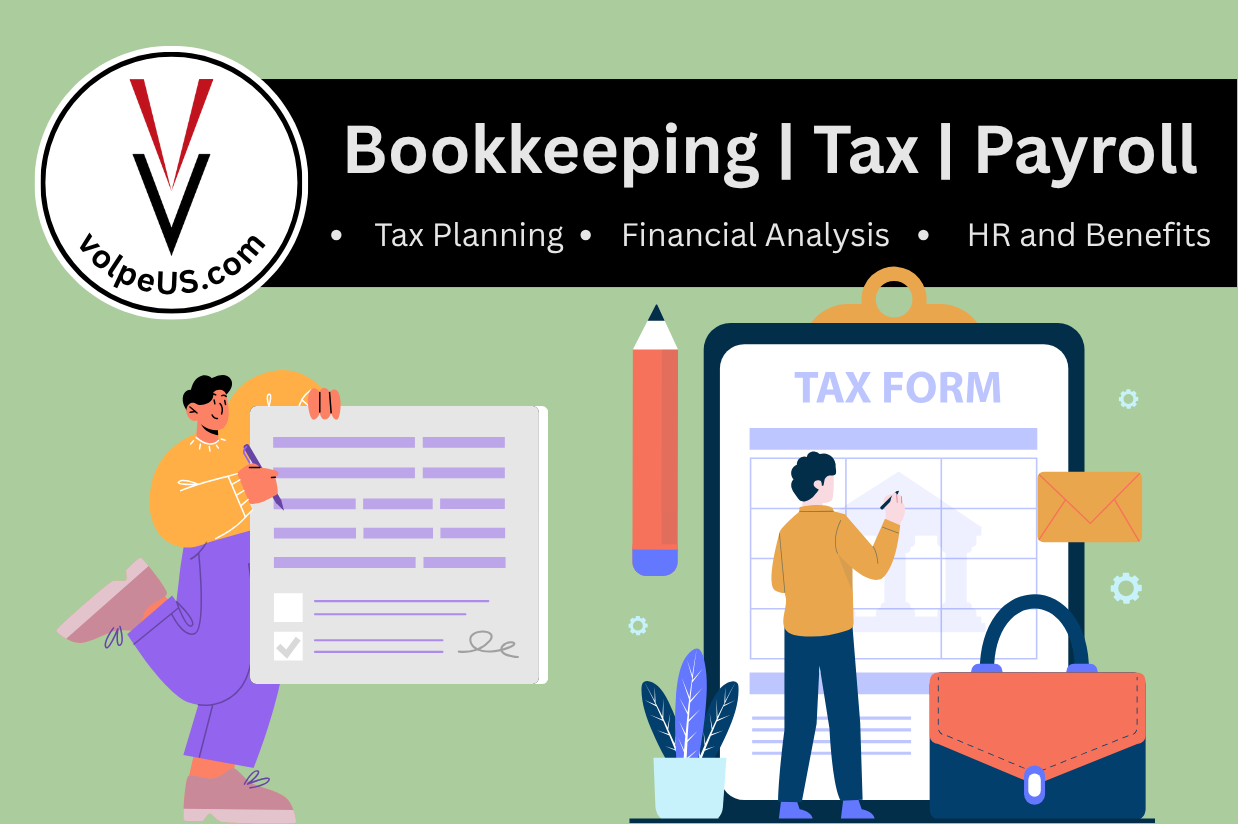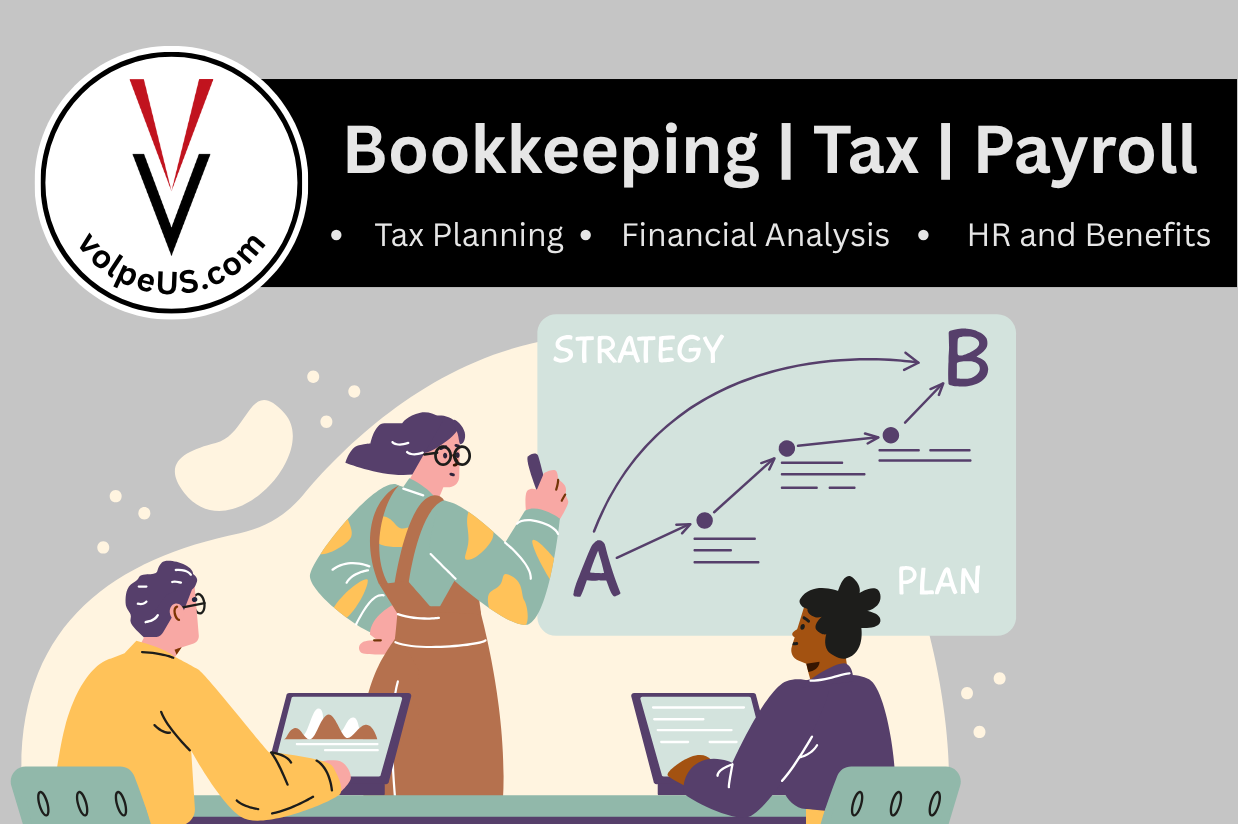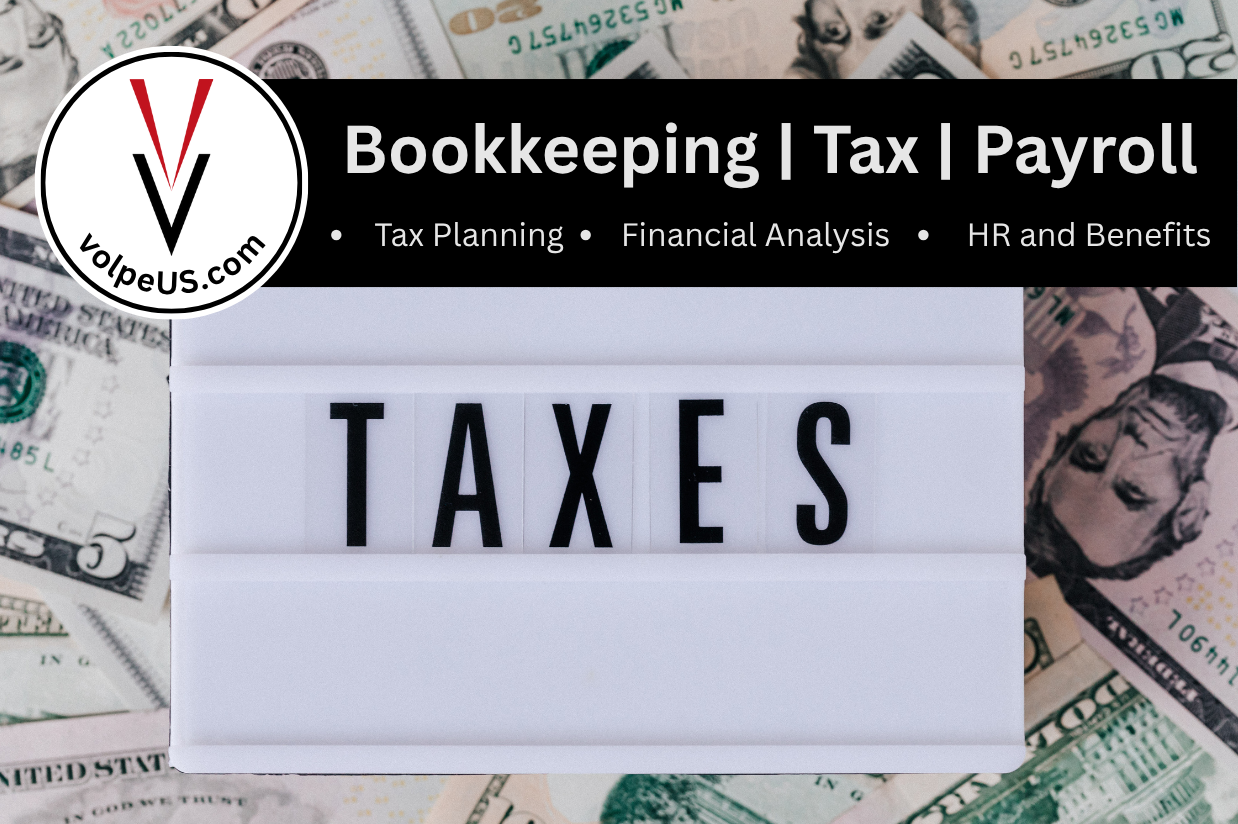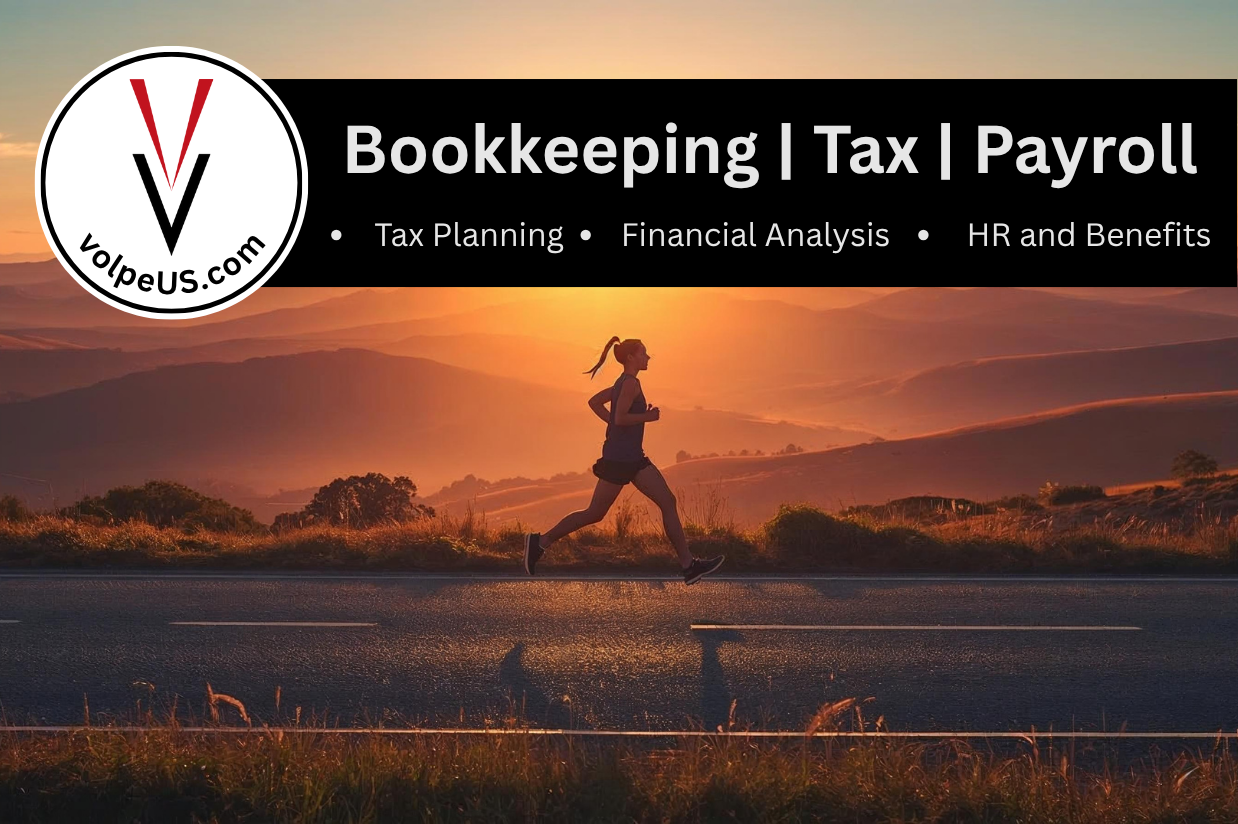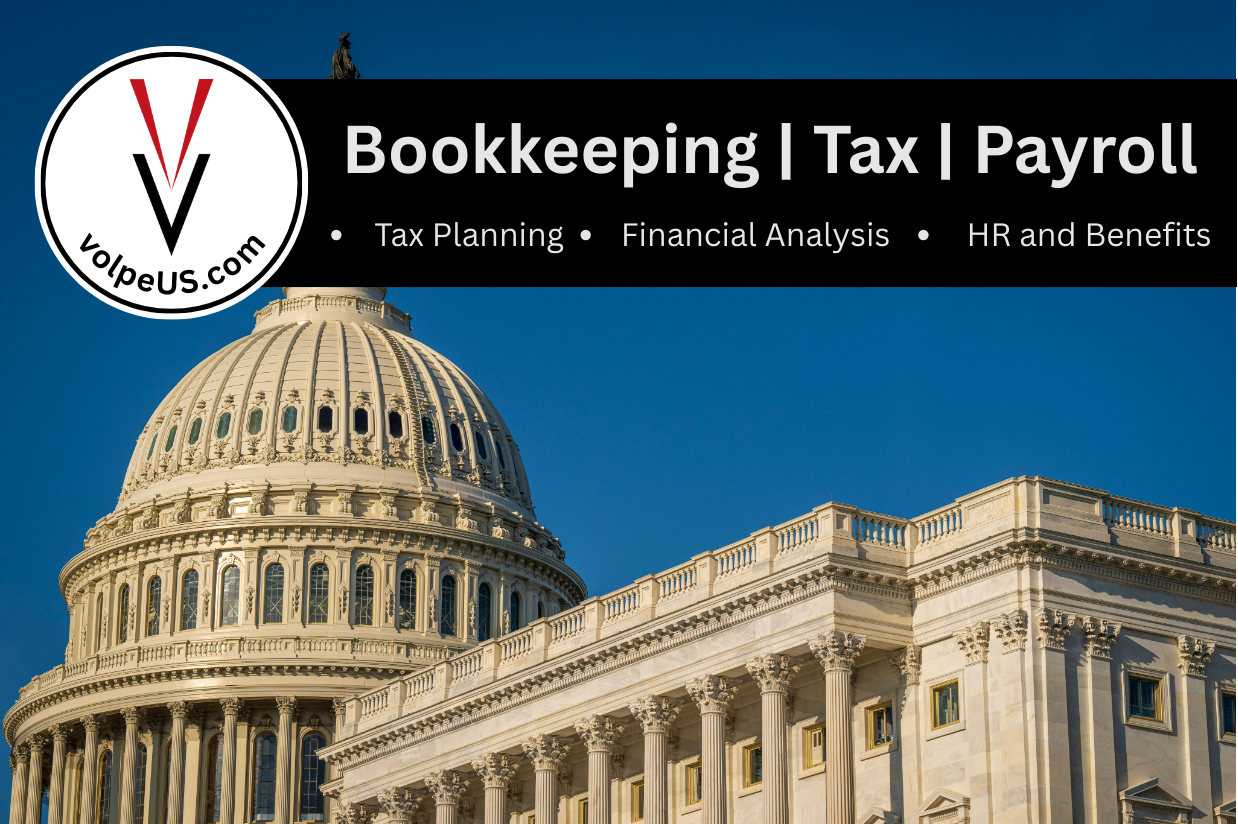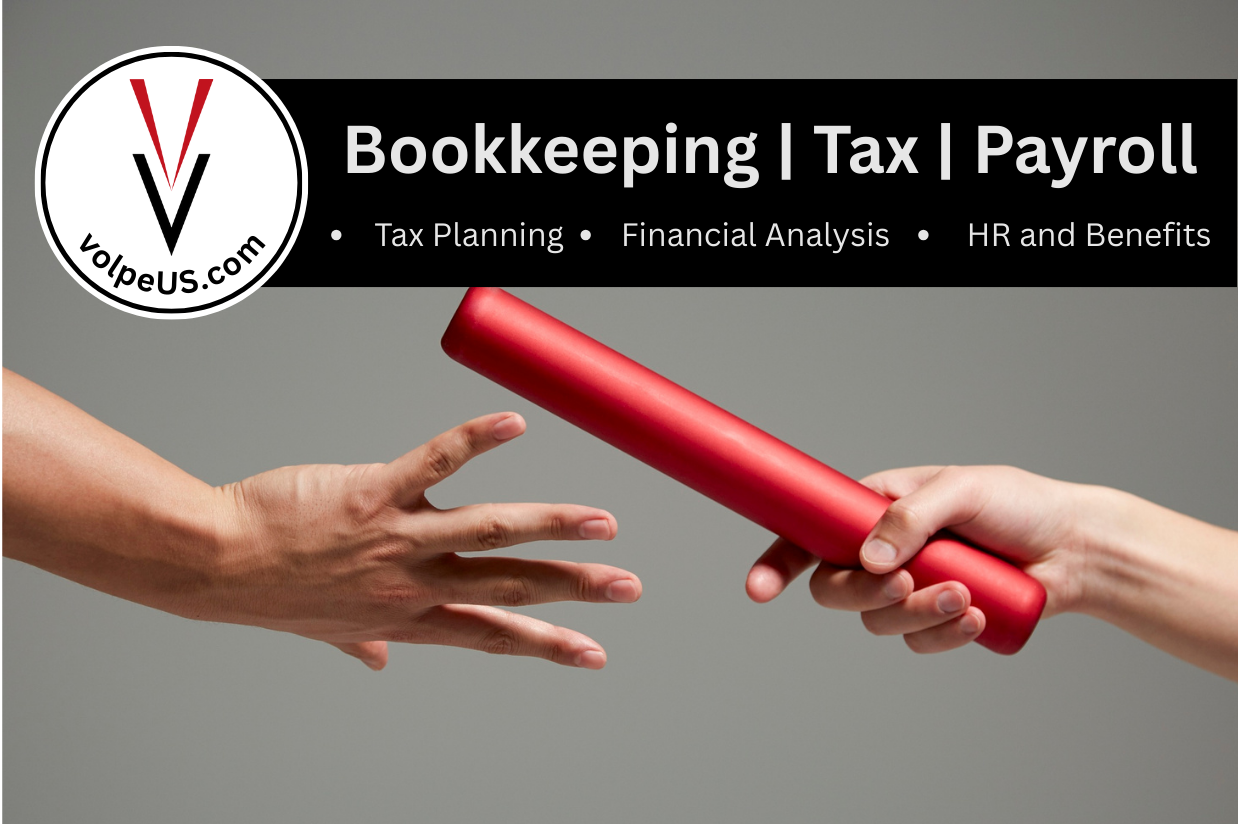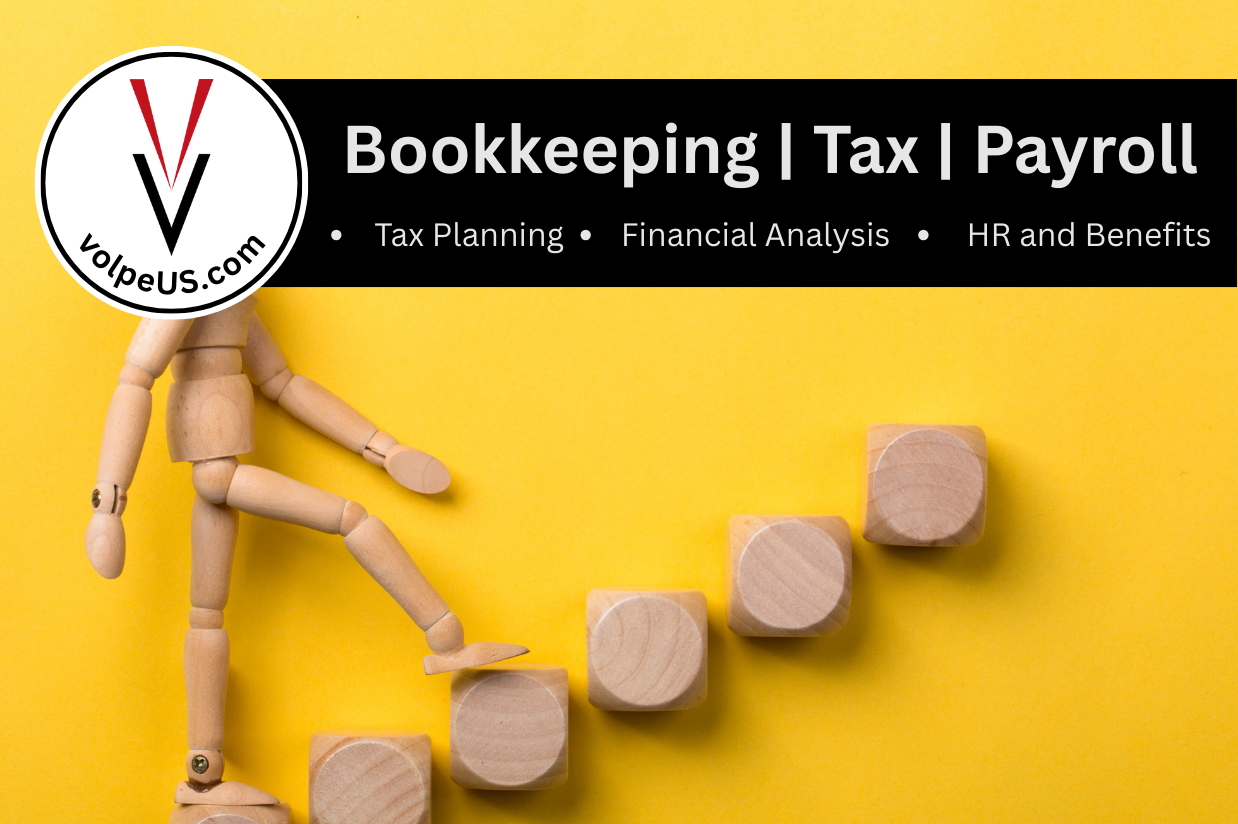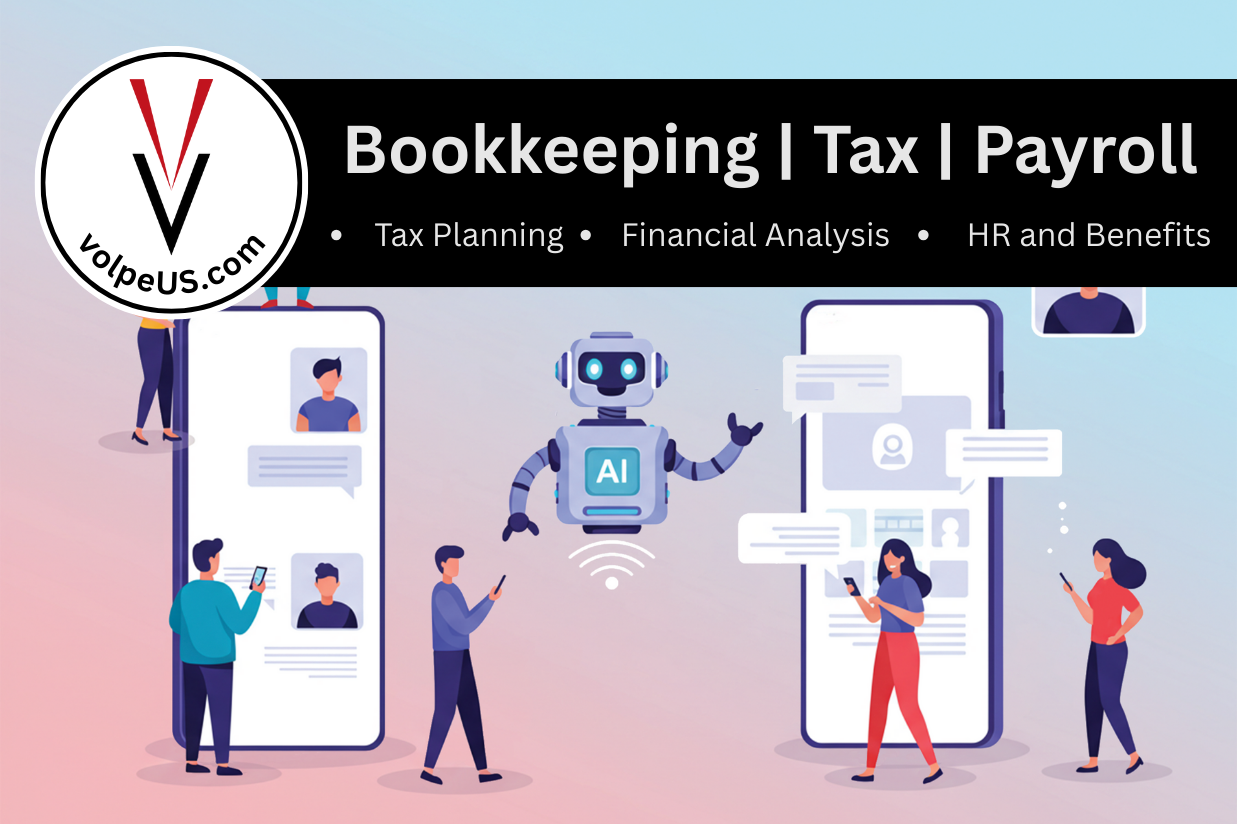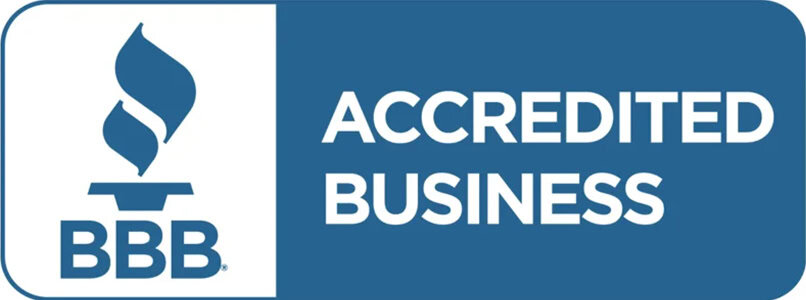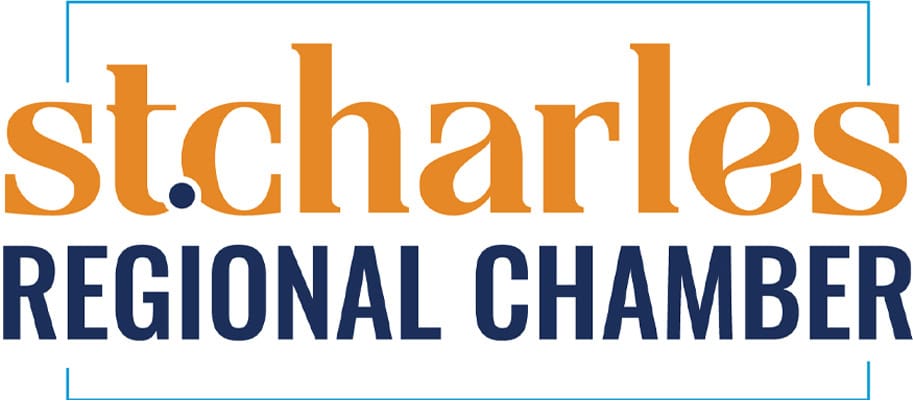Executive Summary
Workplace wellness boosts employee engagement, retention, and productivity. By promoting mental, physical, and financial health, businesses can reduce burnout and foster a positive culture. Empowering managers, encouraging open dialogue, and respecting employee time are essential steps toward creating a thriving, purpose-driven workplace that people genuinely enjoy.
Key Takeaways
- 71% of employees report low to moderate workplace wellbeing
- Support three pillars: mental, physical, and financial health
- Spot burnout early with proactive interventions
- Foster connection through shared dialogue and trust
- Train managers to lead with empathy and clarity
- Respect employees’ time with flexible schedules and PTO
- Small culture shifts lead to lasting, positive impact
Wellness First
Looking around the office, you’ll often either see faces gleaming with happiness as they share the joys of a job well done, or—in far too many circumstances—you’ll catch glimpses of weary expressions huddled behind monitors, hoping not to get noticed as they grit through yet another day.
As an employer, your dream when launching the business was to foster the former—a buzzing workspace filled with teammates who share your vision, passion, and joy in the work. Sadly, the reality is that for many, work turns into a means to an end: a paycheck exchanged for survival, not satisfaction.
It’s a cycle that feels endless. The climb toward better positions can often feel like a race to outmaneuver expectations without adding more to your plate. Meanwhile, others remain in the shadows for 8.5 hours (because lunch isn’t paid), only to return home for a brief window of personal time before it all resets. Five days of grind for two days of housework, errands, and mental preparation for the next round. And when payday arrives, they might realize one full day’s work went straight to taxes.
The hard truth? According to Indeed’s Work Wellbeing 2023 Report, a staggering 71% of employees report low to moderate wellbeing at work. That number isn’t just sobering—it’s a wake-up call for leadership to revisit culture, workflow, and morale.
So, what can employers do to flip the script? To build a workplace where mental wellness thrives and team members feel more than just functional? Stick around—we’re diving in.
What is Workplace Wellness?
Workplace wellness is more than a buzzword—it’s a commitment to cultivating an environment that nurtures three vital aspects of employee health: mental, physical, and financial. Together, they form the backbone of resilience, satisfaction, and success.
Jump to a Specific Section
🧠 Mental Health
Mental wellness has finally entered mainstream conversation—but there’s still ground to cover. While most people recognize its importance, actual practices to support it are often inconsistent or entirely missing from workplace culture. Mental health encompasses three essential components:
- Cognitive – What’s your inner narrative? Are you encouraging growth or stuck in a loop of negative self-talk? When receiving feedback, do you internalize it as personal failure—or recognize it as an opportunity to level up?
- Emotional – How well do you process and honor your emotions? A healthy work culture gives people room to feel, reflect, and respond mindfully—not suppress their feelings for fear of seeming “unprofessional.”
- Behavioral – How strong are your connections with coworkers and your larger community? Behavioral health looks at how people interact, collaborate, and support one another.
Leaders can elevate mental wellness by embedding mindfulness breaks into the calendar, offering access to counseling services, or even implementing daily gratitude shout-outs. These intentional shifts can spark more joy in the workday.
🏃 Physical Health
Physical health might be common knowledge, but it’s far from common practice. Many overlook how daily movement, nutrition, and small changes can profoundly impact mood and energy. Here are simple ways to infuse vitality into everyday routines:
- Stretching – Begin your mornings or break periods with stretches that boost circulation and reduce muscle tension. Even two minutes can make a big difference.
- Walking – A post-work walk doesn’t just stretch your legs—it clears your mind and resets your body after sitting all day.
- Mindful Eating – Swap soda for juice, chips for trail mix, and heavy lunches for balanced meals. Tiny choices compound into big results, making workdays more energized.
Want to go further? Consider wellness incentives like hydration challenges, walk-to-lunch Fridays, or onsite yoga classes. These foster community while promoting better habits.
💸 Financial Health
Financial stress is one of the leading contributors to employee anxiety—and only about 50% of Americans are financially literate. Those stats paint a picture of credit card debt, looming loans, and uncertainty about retirement.
So, what can workplaces do to empower people financially?
- Resource Accessibility – Point employees toward your local library for approachable reads on budgeting, investing, and debt management. Audiobooks offer on-the-go learning.
- Credible News Sources – Encourage subscribing to financial news outlets like AP News, Reuters, or the Wall Street Journal for current events and personal finance tips.
- Educational Media – Share well-vetted YouTube channels, webinars, or internal workshops about building credit, saving for retirement, and smart borrowing.
You could also invite a financial planner for a lunch-and-learning session. Even quarterly budget workshops or a Slack channel dedicated to smart money tips can build literacy and empowerment.
Signs of Burnout and Stress
Burnout sneaks in quietly—but its impact is loud. If you or your team members find yourselves dreading the workday before even leaving bed, it’s a major red flag.
Symptoms include:
- Persistent fatigue and mental fog
- Resentment toward tasks or coworkers
- Emotional numbness or irritability
- Feeling like your work lacks meaning or impact
Even small annoyances—like a colleague’s voice or another repetitive task—can feel overwhelming. Burnout often builds until one morning, you simply don’t get out of bed. Left unchecked, it can trigger cascading disengagement across your team.
To combat this, businesses can implement anonymous feedback surveys, regular 1-on-1s focused on wellness, and low-pressure goal setting. These strategies help employees feel seen and supported.
What Resources Can You Offer?
Here’s where employers step up—not just with perks, but with purpose. The key is finding balance: being present and proactive without becoming overbearing.
Here’s how to walk that line and build a thriving workspace:
- Create Safe Spaces to Share – Encourage workers to talk openly—with one another and without leadership looming. Peer-to-peer discussions can spark creative solutions and deepen bonds. Let them identify obstacles and suggest real improvements.
- Kick Off with Energy – Start each day with something refreshing: desk stretches, building laps, or a relaxed coffee chat. These quick rituals boost morale and prime minds for productivity.
- Empower Your Managers – Managers can make or break employee morale. Invest in training that helps supervisors lead with empathy, clarity, and adaptability. A well-supported manager becomes the emotional anchor of the team—not the stressor.
- Honor Their Time – Recognize that paid time off isn’t just a checkbox—it’s a lifeline. Encourage PTO usage, offer flexible start/stop times, or surprise them with early leave on holidays. Respecting their time tells them: “You matter.”
A few bonus ideas? Bring in outside wellness experts for monthly workshops, create a dedicated wellness budget, or rotate peer leadership roles to help everyone feel invested in culture.
Conclusion
Balancing work and life aren’t easy. At times, it can feel like juggling flaming chainsaws while riding a unicycle—but other times, it’s like floating peacefully in some glassy waters of New Zealand.
That feeling of alignment—where work, purpose, and well-being intersect is what we aim for. And it’s absolutely achievable.
If you’re wondering how to help your team feel more in tune, reach out! We’ve partnered with small businesses and franchises to elevate culture, clarity, and connection. Let’s build a workplace where wellness isn’t just encouraged, it’s celebrated. 🙌

If there’s a pain point within your operation that you’d like to discuss, we’re here. We’d appreciate the opportunity to look into it with you and hopefully provide some insight as to how you can move forward. For more information, or to just put a few faces to the name,
Disclaimer: The content on this blog is for informational, educational, and occasional entertainment purposes only. It should not be construed as legal, tax, or financial advice.


